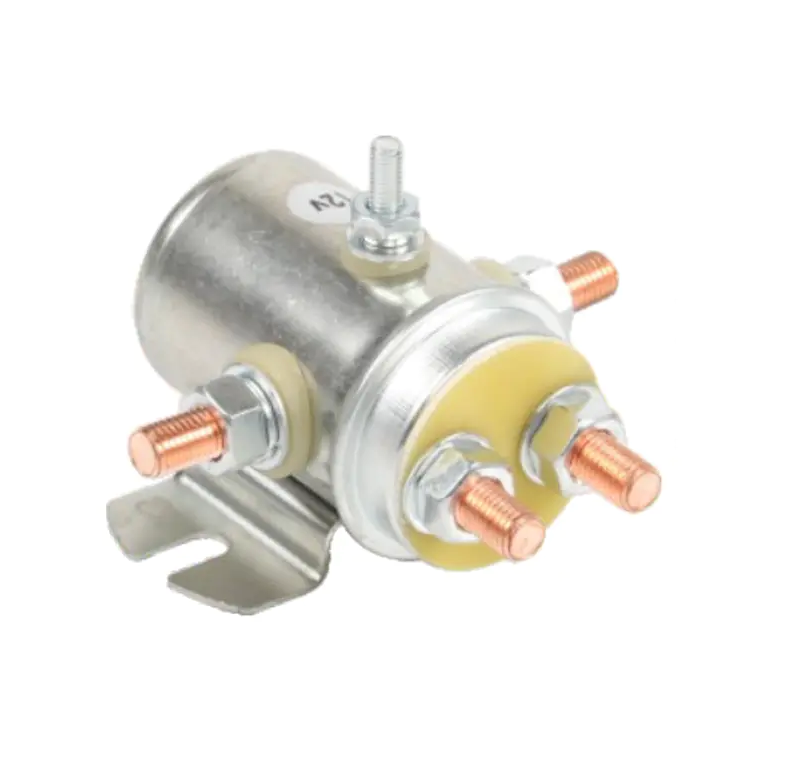How Winch Relays Manage Overload and Short Circuit Risks in Winch Operations

The question of whether winch relays incorporate overload or short circuit protection is crucial for users seeking to ensure safe and reliable operation of electric winch systems. A winch relay’s primary role is to act as an electrically controlled switch, managing the high current that powers the winch motor. However, the nature of winching tasks, which often involve heavy loads and variable conditions, raises the risk of electrical faults such as overloads or short circuits. Proper protection against these faults is essential to prevent damage to the winch motor, wiring, and control systems, as well as to avoid potential safety hazards.
Typically, a standard winch relay by itself does not provide comprehensive overload or short-circuit protection. Instead, the relay’s job is to enable or interrupt current flow based on control signals, but it does not inherently monitor the current level or respond to fault conditions. Because relays are essentially switches, their contacts can handle large currents, but they do not function like circuit breakers or fuses that actively detect and interrupt abnormal currents. Therefore, additional protective components are usually integrated into the winch system to safeguard against electrical faults.
In most electric winch setups, overload and short circuit protection are provided through separate devices such as fuses, circuit breakers, or electronic controllers that work alongside the winch relay. These protective devices monitor the electrical current and can interrupt the power supply if it exceeds safe limits or if a short circuit is detected. For example, a fuse will blow or a circuit breaker will trip when excessive current flows, effectively protecting the relay, motor, and wiring from damage. Electronic motor controllers may also include built-in protection features that communicate with the relay to safely shut down the system under fault conditions.
Some advanced winch relays or solenoid assemblies come with integrated features that help enhance safety, such as built-in circuit breakers or thermal protection sensors. These specialized relays can interrupt current flow if overheating is detected or if the current surpasses a preset threshold, providing an additional layer of protection. However, such features are not universal and depend on the design and manufacturer of the relay. Users need to review product specifications carefully to determine whether a winch relay includes these advanced protective functions.
Proper wiring and installation practices also contribute significantly to overload and short-circuit protection in winch systems. Using appropriately rated cables, ensuring secure connections, and installing correctly specified fuses or breakers help prevent electrical faults that could damage the relay or other components. Regular inspection and maintenance are equally important to detect wear or damage that might increase the risk of shorts or overloads during operation.
In conclusion, while a standard winch relay primarily serves as a high-current switch and does not inherently provide overload or short circuit protection, these safety functions are typically incorporated into the broader winch system via fuses, circuit breakers, or specialized control units. Some winch relays include integrated protective features, but users should not rely solely on the relay for system protection. A well-designed winch system combines the relay with appropriate protective devices and sound installation practices to ensure safe, reliable, and durable performance.
NAME: Winch Relay
12V/24V
OEM: SW-933 46-2287 440003 24401-01
- Art
- Causes
- Crafts
- Dance
- Drinks
- Film
- Fitness
- Food
- الألعاب
- Gardening
- Health
- الرئيسية
- Literature
- Music
- Networking
- أخرى
- Party
- Religion
- Shopping
- Sports
- Theater
- Wellness


